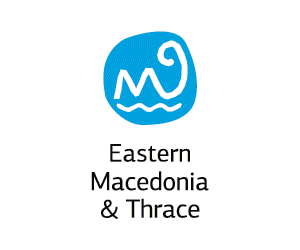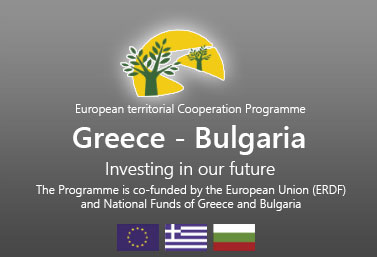Traveler's Guide
East Macedonia & Thrace
Region of East Macedonia & Thrace
The Region of Eastern Macedonia and Thrace occupies the northeastern part of Greece. It borders with Turkey easterly, Bulgaria northern and with the Regional Unit of Serres westerly. Southwest is washed by the Aegean Sea and southeast by the Thracian Sea. It includes the Regional Unities: Drama, Kavala, Xanthi, Rodopi and Evros.
It has a total area of 14.157 thousand hectares and covers the 10.7% of the total area of the country.
Also includes two major islands of Thracian Sea, Thassos and Samothrace.
Crossroad of major sea and land routes by which, for thousands of years, are moving people and goods, ideas and habits to and from the four cardinal points: from the Black Sea and Asia to Western Europe and from North Europe and the Balkans to the Mediterranean and North Africa.
The traces of its history, that start from the Paleolithic season and arrive to our days, are everywhere: caves, rock paintings, forts, temples, theaters, citadels, mines, graves, tumuli, marble quarries, Christian monuments, monasteries and holy places , aqueducts, Islamic monuments, traditional villages, Megara, mansions, tobacco warehouses.
The Region of Eastern Macedonia and Thrace, during the ancient times, was covered by forests at the rate of about 80%, but today this percentage has limited to 55% per area. In its extent there are trackless forests, virgin nature, high mountains, rich flora and fauna, large rivers, lakes and lagoons and an endless coastline with clear blue waters and friendly beaches.
The region is a place of music, dance, feast and ritual. Dionysus and Orpheus never left from this earth. The reversals of nature (winter, spring, etc.) give an opportunity for reversals of another class: masquerading and walking over fires, and outspoken sprees, kidnappings and robberies, all in the context of ritual.
Ancient Traianoupoli
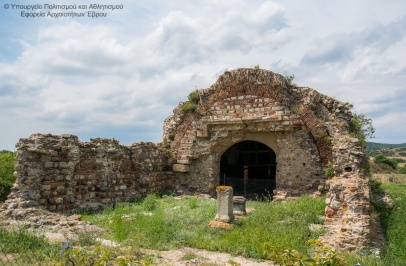 Approximately on the 15th km of the old National Road, we find the ruins of Ancient Traianoupolis. The city was founded by the Emperor Trajan in the 2nd century AD. ...
Approximately on the 15th km of the old National Road, we find the ruins of Ancient Traianoupolis. The city was founded by the Emperor Trajan in the 2nd century AD. ...
Folklore Museum of Stavroupoli
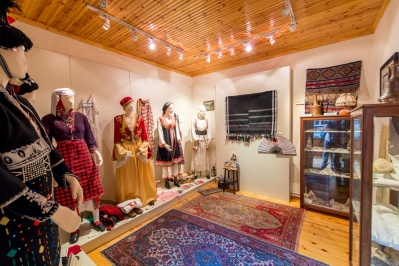 The Folklore Museum of Stavroupolis housed in the old building of Taxation Tobacco and founded from private initiative by Stavros Karampatzakis. Exhibits of the museum include traditional costumes, objects of ...
The Folklore Museum of Stavroupolis housed in the old building of Taxation Tobacco and founded from private initiative by Stavros Karampatzakis. Exhibits of the museum include traditional costumes, objects of ...
Metropolis Square
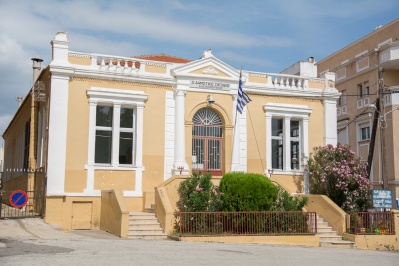 The Mitropolis Square is another space of historical reference in the city of Alexandroupolis. The urban fabric around the square is characteristic example the architecture in the late of the ...
The Mitropolis Square is another space of historical reference in the city of Alexandroupolis. The urban fabric around the square is characteristic example the architecture in the late of the ...
Holy Church of Saint Paraskevi
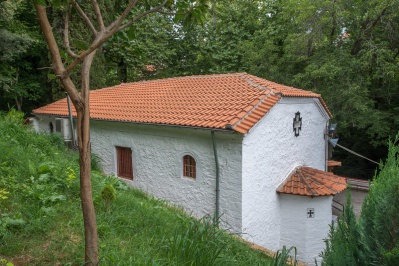 Location: Kallithea. In the stream that passes south of the village there is the church of Saint Paraskevi. The tradition says that Marco Gikas dreamed many times of the Holy, ...
Location: Kallithea. In the stream that passes south of the village there is the church of Saint Paraskevi. The tradition says that Marco Gikas dreamed many times of the Holy, ...
Church of the Assumption
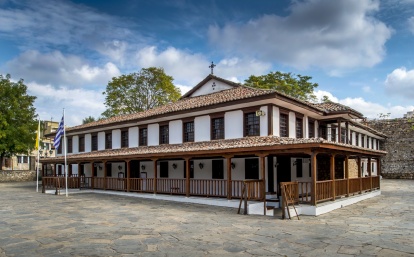 Located inside the fortress on the eastern side. It is four-aisle with splint, wooden roof and its floor is at a lower level than the round space. It was built ...
Located inside the fortress on the eastern side. It is four-aisle with splint, wooden roof and its floor is at a lower level than the round space. It was built ...
Church of Panagia in Therapio Orestiadas
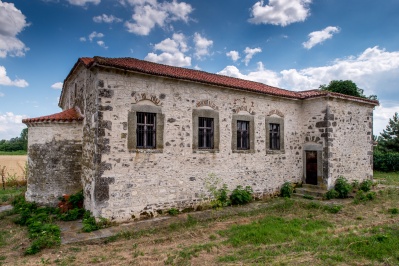 Therapio is a village in the northern part of Evros, near the Bulgarian border. It is located there the Holy Church of the Assumption and erected in 1895. A three-aisled ...
Therapio is a village in the northern part of Evros, near the Bulgarian border. It is located there the Holy Church of the Assumption and erected in 1895. A three-aisled ...
«Mountains of Evros»
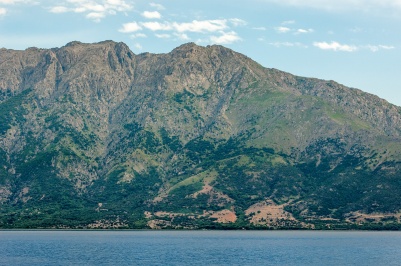 At the end of the Eastern Rhodopes is located the famous Dadia forest, in which is maintained one of the foremost breeding raptors. Insects, reptiles and small animals of the ...
At the end of the Eastern Rhodopes is located the famous Dadia forest, in which is maintained one of the foremost breeding raptors. Insects, reptiles and small animals of the ...
Saos Mountain, peak Moon
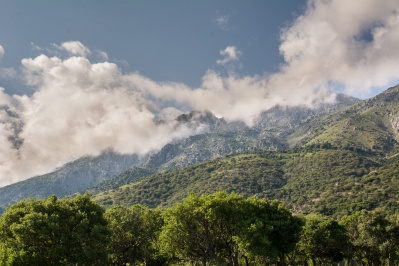 Samothrace offers various hiking possibilities. Indicatively: Mountain Saos, peak Moon. From the village of Therma, and in a short distance, the path begins and leads to the highest point ...
Samothrace offers various hiking possibilities. Indicatively: Mountain Saos, peak Moon. From the village of Therma, and in a short distance, the path begins and leads to the highest point ...
Frakto Forest
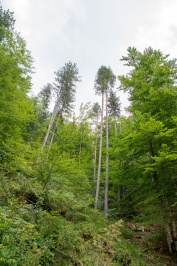 It is situated in the northeastern part of the prefecture under the highest peak of central Rhodope, at 1.953m. In 1980 the forest was declared as a Protected Natural Monument, ...
It is situated in the northeastern part of the prefecture under the highest peak of central Rhodope, at 1.953m. In 1980 the forest was declared as a Protected Natural Monument, ...
Stavroupolis Settlement
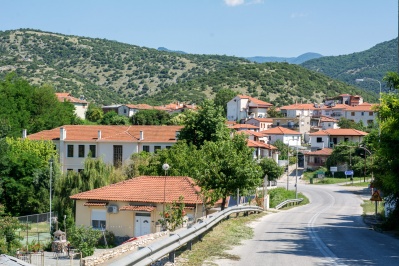 Stavropoli is the administrative center of the municipality. Is a town beside the River Nestos, 28km from the city of Xanthi. It had been the centre of tobacco cultivation until ...
Stavropoli is the administrative center of the municipality. Is a town beside the River Nestos, 28km from the city of Xanthi. It had been the centre of tobacco cultivation until ...
Settlement of Fanari
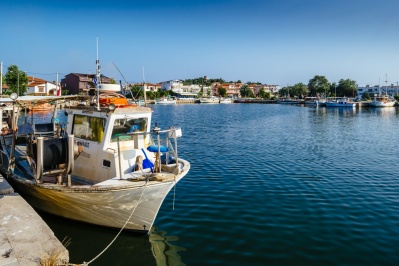 Fanari is a coastal village about 30 km southwest of Komotini. Most
famous tourist resort of Thrace with many tourists during the summer
months. The resident population at Fanari is ...
Fanari is a coastal village about 30 km southwest of Komotini. Most
famous tourist resort of Thrace with many tourists during the summer
months. The resident population at Fanari is ...
Samothraki
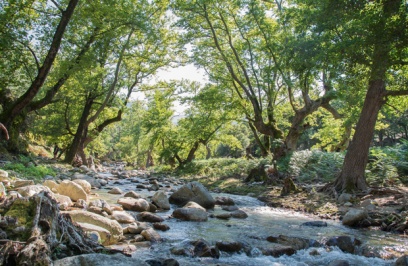 Samothraki, island of the Great GodsThe name Samothraki derives from the prohellenic word ‘samos’, meaning altitude and ‘Thrace’ and translates as High Thraki.Samothraki is a place of exceptional natural beauty ...
Samothraki, island of the Great GodsThe name Samothraki derives from the prohellenic word ‘samos’, meaning altitude and ‘Thrace’ and translates as High Thraki.Samothraki is a place of exceptional natural beauty ...






